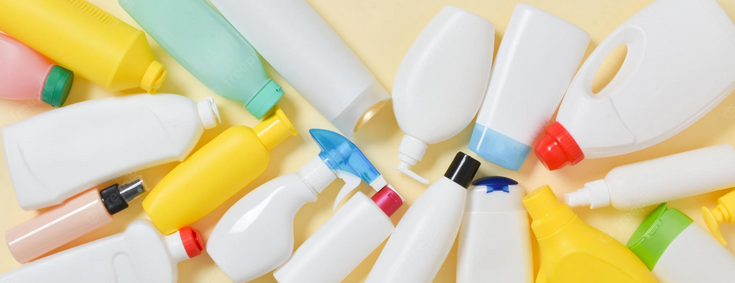We have all definitely used plastic a lot in our lives, drinking water bottles, soft drinks, pharmaceutical items and ...
Knowing the type of plastics will definitely help you make an informed decision when recycling them.
In general, seven types of plastics are:
Polyethylene terephthalate (PET or PETE) :This plastic is the most common plastic we use on Earth.
High Density Polyethylene (HDPE): Catalysts and low pressure are used to produce high density polyethylene. Today, this plastic is used for various products.
Polyvinyl chloride (PVC): It is one of the oldest synthetic materials in industrial production. This type of plastic is very little recycled and is known as toxic plastic. This type of plastic contains toxic substances and is very harmful to humans and the environment.(toxic chemicals)
Low density polyethylene (LDPE): This type of polyethylene has a lower mass than HDPE and contains about 56% of plastic waste.
Polypropylene (PP): This type of plastic was discovered in 1950. Of course, at first they wanted to convert polypropylene to gasoline, but instead they discovered a catalyst for making plastic.
Polystyrene (PS): Miscellaneous plastics (including: polycarbonate, polylactide, acrylic, acrylonitrile butadiene, styrene, fiberglass and nylon)
What is the SPI code?
In 1988, the Plastics Industry Association created a system to help people recycle and dispose of plastics properly.
All manufacturers today follow this system and put a code or number on each product that is molded at the bottom.(plastic number)
SPI Code 1
This type of plastic with code SPI 1 is made of polyethylene terephthalate
SPI code 2
This code actually refers to high-density plastic made of polyethylene. These products are very high in terms of safety and do not contain chemicals in food or beverages. For this reason, reusing HDPE bottles for beverages or food is not safe if it does not contain any food. Therefore, shampoo bottles should be kept away from the kitchen cabinet.
SPI code 3
Every time you see this code it shows that the plastic is made of polyvinyl chloride. This type of plastic is not safe and should not get in contact with food because it is dangerous and toxic. PVC is present in a number of everyday objects but is mostly used in plumbing and construction.
SPI code 4
This plastic is made of low density polyethylene. This plastic is both durable and flexible. It does not release any harmful chemicals in objects and makes it the safest choice for food storage.
SPI code 5
This code can be found on plastic products made of polypropylene. PP can be recycled but not as much as PETE or HDPE and will not be accepted. This type of plastic has high strength and usually withstands high temperatures.
SPI code 6
This code indicates polystyrene, or PS for short. We can recycle it but not completely because recycling it takes a lot of energy.
SPI code 7
This code is used to identify different types of plastic with which six codes are not defined. These items should also be considered plastic.(difficult to recycle)



